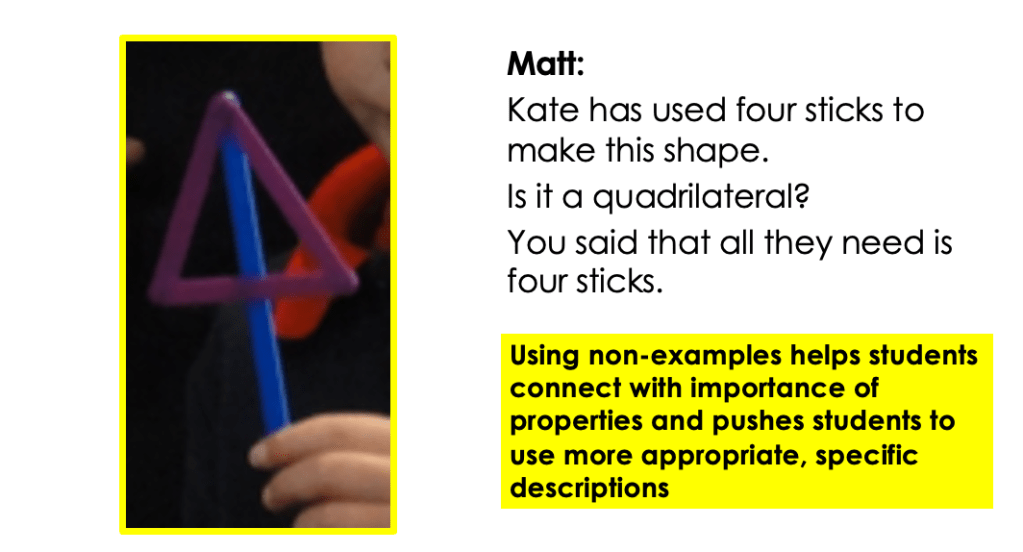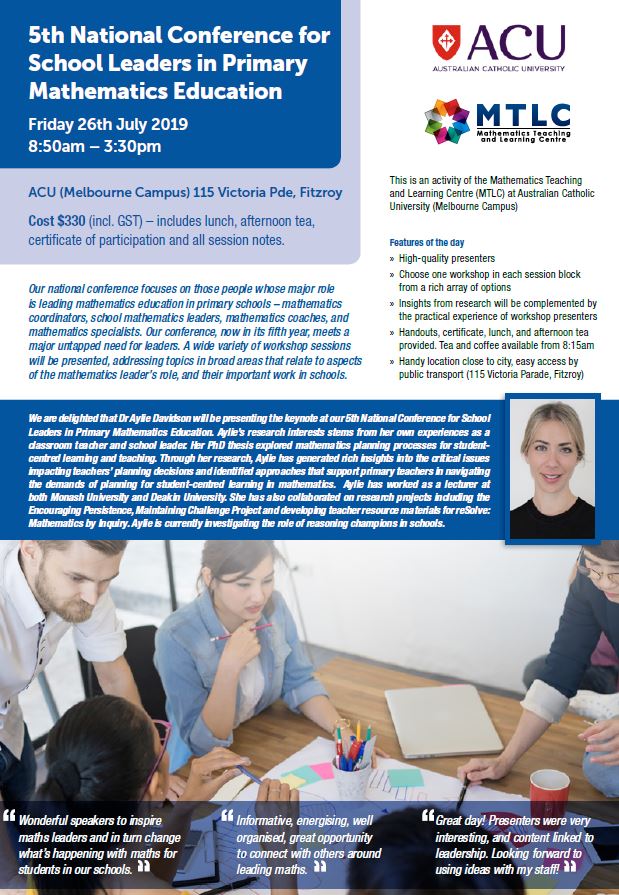Using “stories of practice” as a mathematics leadership tool

This post explores “stories of practice”, specifically, mathematics leaders’ own stories of mathematics teaching and positions them as a leadership tool for supporting practice development.
Practice development is the intentional and collaborative work of improving mathematics teaching in ways that stay close to “what matters” most. For mathematics leaders, it means critically examining and transforming the ways we lead, teach, and learn mathematics, and it’s about surfacing “what’s not there yet” with mathematics teaching practice. Leading practice development involves co-creating new, research-informed teaching approaches with colleagues to enhance the impact of mathematics teaching.
I believe that “stories of practice” have the potential to serve as a powerful leadership tool to support the leadership of practice development.
Being close to practice: an excellent opportunity!
As mathematics leaders in primary schools, you occupy a valuable space as you enact middle leadership, working between classroom teachers and the principal. This positioning offers a unique opportunity to stay close to the mathematics teaching and learning happening in classrooms. It also, hopefully, means you have opportunities to teach mathematics yourself, whether in your own classroom or alongside colleagues.
These teaching experiences, and the stories of practice that grow from them, are more than moments to reflect on. They can serve as powerful leadership tools to support the collective understanding of the mathematics teaching practice being developed through your mathematics leadership. When shared thoughtfully, stories of mathematics teaching can become important resources for leading professional learning and supporting practice development in your school.
The power of story
For as long as time, stories have played an important role in influencing our feelings and emotions (well-being), shaping our behaviours and actions (practices), and developing what we come to understand and know (knowledge). Stories have the potential to shift the way we act in the world. Part of the reason for this is that we remember stories, particularly ones that have an impact on us in some way.
One person who has influenced my thinking in the area of teacher professional learning is Emeritus Professor Doug Clarke (ACU). If you have participated in any of his professional development, you will know how Doug uses stories of practice to highlight essential points about effective mathematics teaching. Doug shares insights about teaching by using photos from lessons and work samples from students to highlight effective mathematics teaching practices.
Your stories of practice, the retelling of your mathematics teaching experiences, have the potential to influence your colleagues’ practice and knowledge, leading to more impactful teaching.
What is a story of practice?
A story of practice is a narrative about a teaching episode that captures the intention and impact of a teaching strategy, approach, or action. The story is typically shared through a series of annotated photos that highlight key points in the teaching episode. The images could be ones focused on the teacher’s actions and responses from students, or student actions and responses from the teacher. The inclusion of photos of students in action and quotes from the students helps support the content of the annotations.
The annotations are done after the teaching episode. Those written descriptions should match carefully selected photos that highlight the intention and impact of teaching. Placing the images and annotations into a presentation application (e.g., PowerPoint) allows for greater ease of using the story of practice in a professional learning situation with teachers.
Posing reflective questions for teachers to engage in reasoning about pedagogy supports understanding of the intent and impact of the story of practice. The questions should prompt teachers to reflect on their pedagogy as a way of identifying what works well (WWW) and even better if (EBI). Questions that invite teachers to take action associated with the teaching episode can support how the story of practice facilitates practice development.
An example from my own practice
The following images are taken from a “story of practice” that I developed. In this teaching episode, I used Geo-Stix as a concrete material to support Grade 1 students’ learning about the properties of figures (2D shapes) and using properties to classify examples into groups.
In the example of my story of practice, the focus is on geometric reasoning and the use of non-examples to push precise mathematical descriptions. By combining annotated images with teacher-student dialogue, this story of practice becomes a tool for professional learning. It invites teachers to reflect on pedagogy, consider impact, and explore what they might try next in their own classrooms.







Stories of practice like this one make the work of mathematics teaching visible to teachers in powerful ways. The story highlights the pedagogical choices made in the moment, the ways the teacher responded to students’ thinking, and how the tasks and materials were used to deepen conceptual understanding.
Features of a story of practice
If you’re thinking about creating your own story of practice, here are a few features to keep in mind. These elements help ensure your story is meaningful, usable, and able to support professional learning with your colleagues:
- Grounded in a real teaching episode
Select a moment from your own teaching that highlights something important for your students’ mathematical learning. This could be a success, a challenge, a surprise, or a shift in student thinking. - Focused on the mathematics
Keep the mathematics front and centre. What’s the big idea, concept, or knowledge to be learnt? What’s the mathematical purpose of the lesson? How are students enacting the proficiencies and ways of working mathematically that relate to the concept or knowledge being taught? - Includes annotated images
Use a small set of photos that capture critical points in the lesson. Annotate them after the lesson with prompts, reflections, or notes that make your thinking visible. - Shows teacher and student thinking
Include snippets of dialogue. This could be what you asked, what students said, and how you responded. This helps others see the pedagogical moves at play and the pedagogical reasoning happening in the moment. - Raises questions about practice
Invite reflection. Pose questions that prompt colleagues to think about the pedagogy, the impact, and what they might try themselves. - Positions the story as an example, not an exemplar
A story of practice isn’t about showcasing a perfect lesson. The story is about sharing something authentic that can support your teachers in thinking differently about teaching and learning.
Closing thoughts
Stories of practice are more than teaching anecdotes. They can become vital leadership tools for leading professional learning, building shared understandings, and developing mathematics teaching practice in ways that matter.
As a mathematics leader, your teaching experiences can become powerful catalysts for change when shared purposefully with colleagues. So next time you’re in the classroom, pay attention to those small moments that reveal something important and think about how you could create a story of practice.
They might just be the beginning of a story worth telling, and a step toward what’s not there yet…and a way of bringing about practice that could be in your school.











